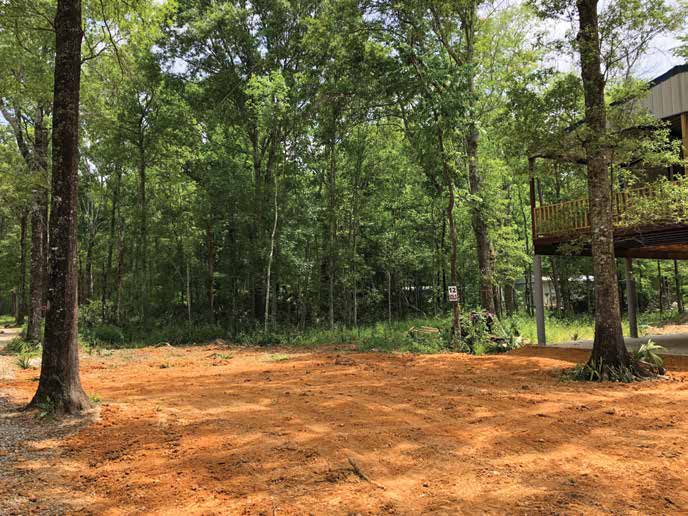The Catahoula Parish area in east-central Louisiana is characterized by flat, poorly-drained land that is subject to flooding and is interlaced with bayous, rivers, and lakes. The Ouachita, Tensas, and Black rivers meander throughout these parishes and the forest cover is a mixture of hardwoods. The rich soil makes the higher land surfaces that do not flood ideal farmland, and the woods and bottomlands are a haven for hunters and fishermen.
But today’s farmers and hunters are not the first to take advantage of the natural bounty of this part of Louisiana. Ceramics found at the Mount Bayou Mond site indicate that people were living at the moundat least as early as 700 CE, a time when the Coles Creek culture began. The Coles Creek were socially complex people who did not practice maize agriculture. Instead, they were expert hunters, gatherers, and foragers. Coles Creek people are considered socially complex in part because they constructed mound sites throughout the southern portion of the Lower Mississippi Valley. Ceramics made by Plaquemine people, who date to about 1200 CE and who also built mounds, have been found at Mount Bayou Mound as well.
When the previous owner learned that the approximately six-foot high mound of dirt on his property was actually a Native American mound, he contacted Chip McGimsey, the Louisiana State archaeologist, who visited the site. McGimsey confirmed that it was an ancient mound that had previously been recorded, and he suggested approaching the Conservancy about preserving it. The Conservancy was able to negotiate a price for the mound and will maintain it as a permanent archaeological preserve. The Mount Bayou Mound will hold the secret of its origin for future archaeologists.
Summary. Read full text in American Archaeology, Fall 2018 | Vol. 22 No. 3.




